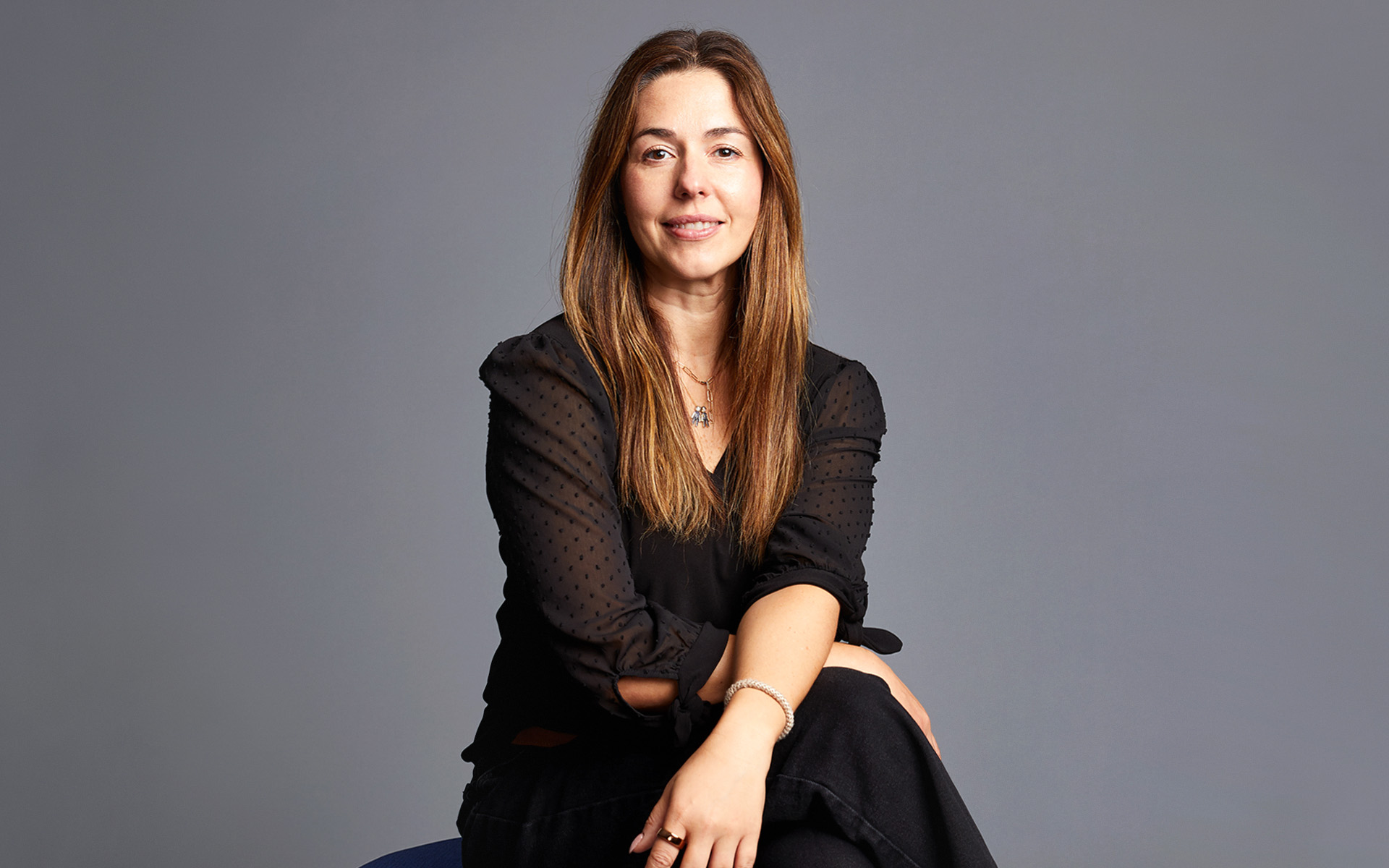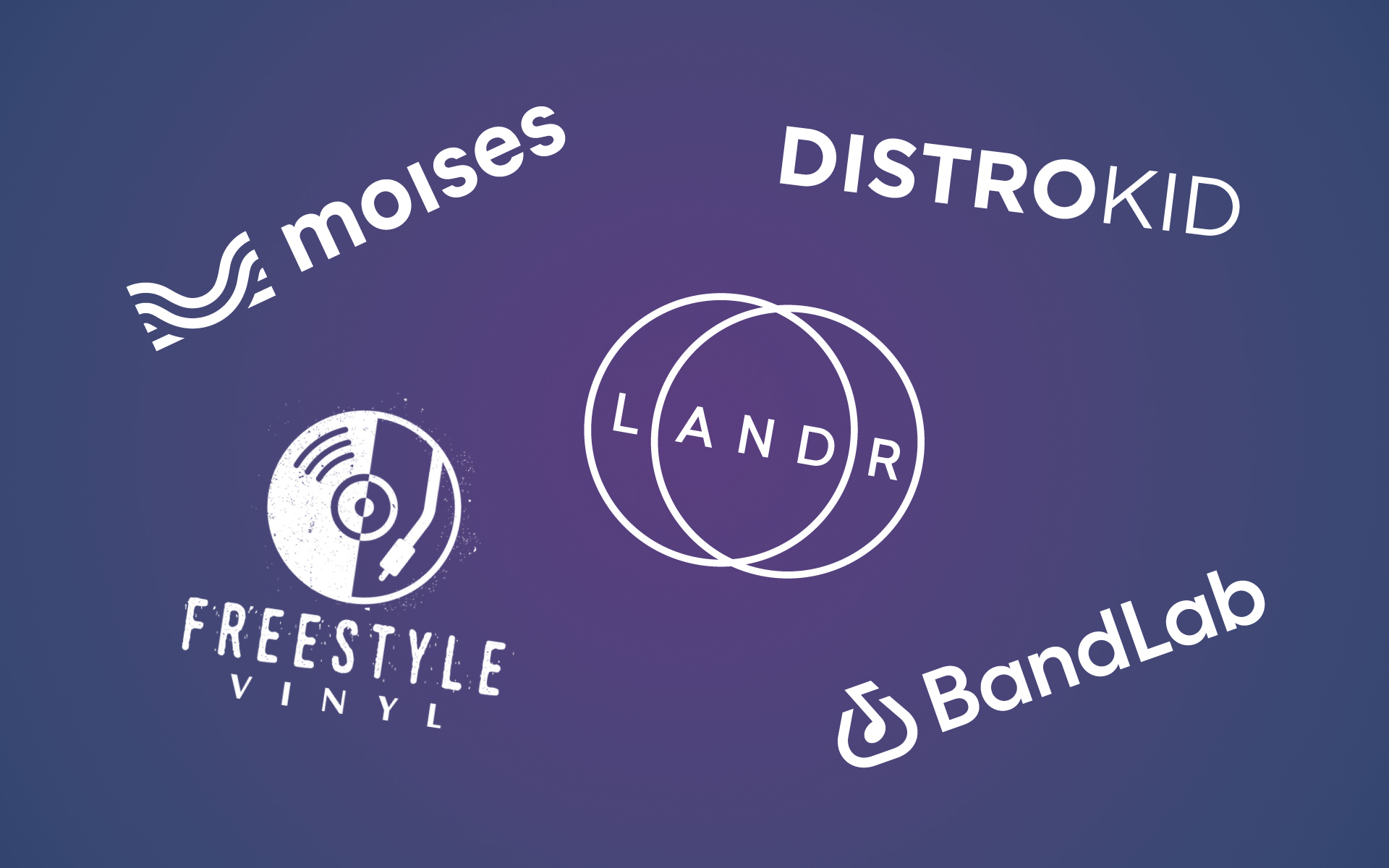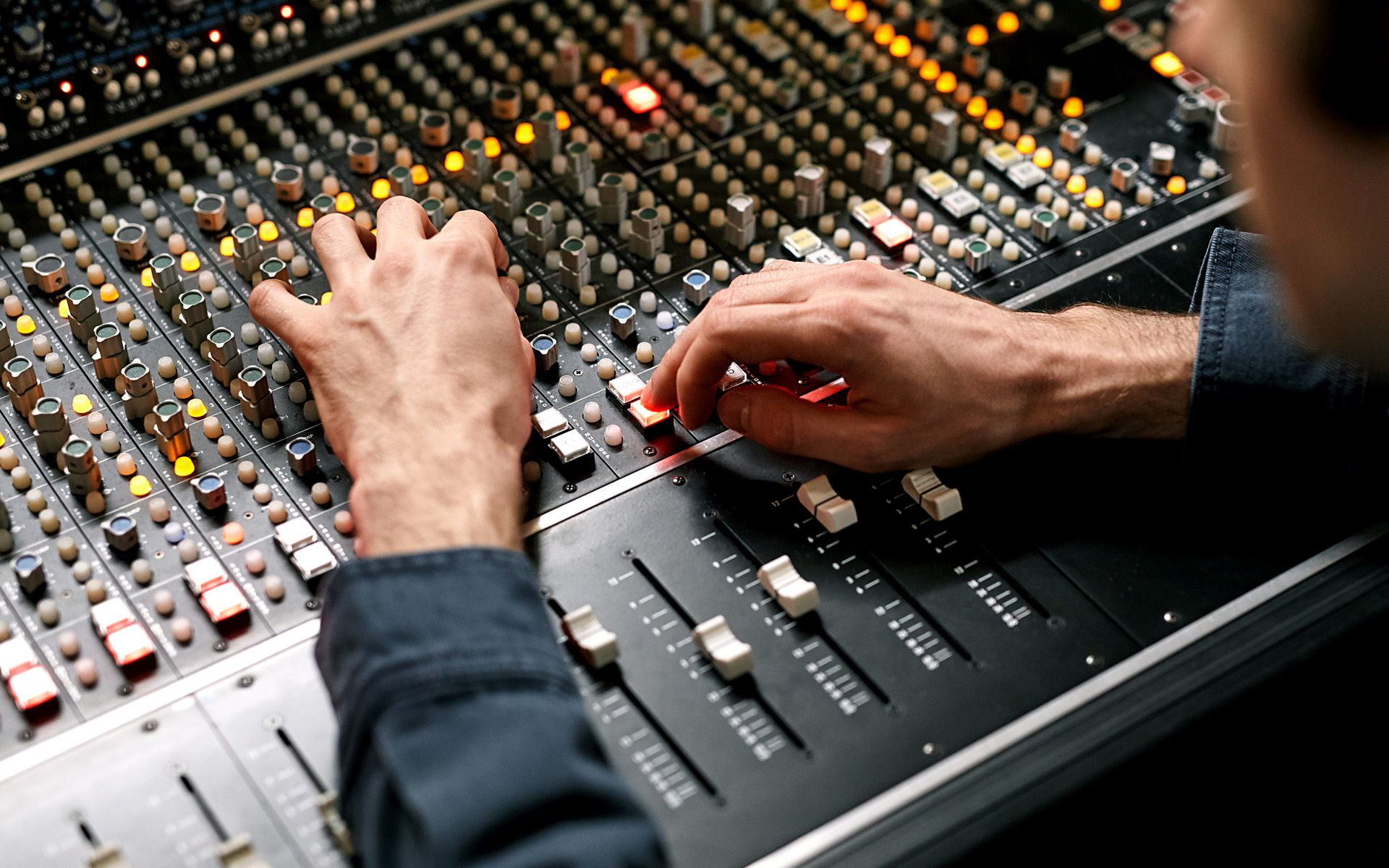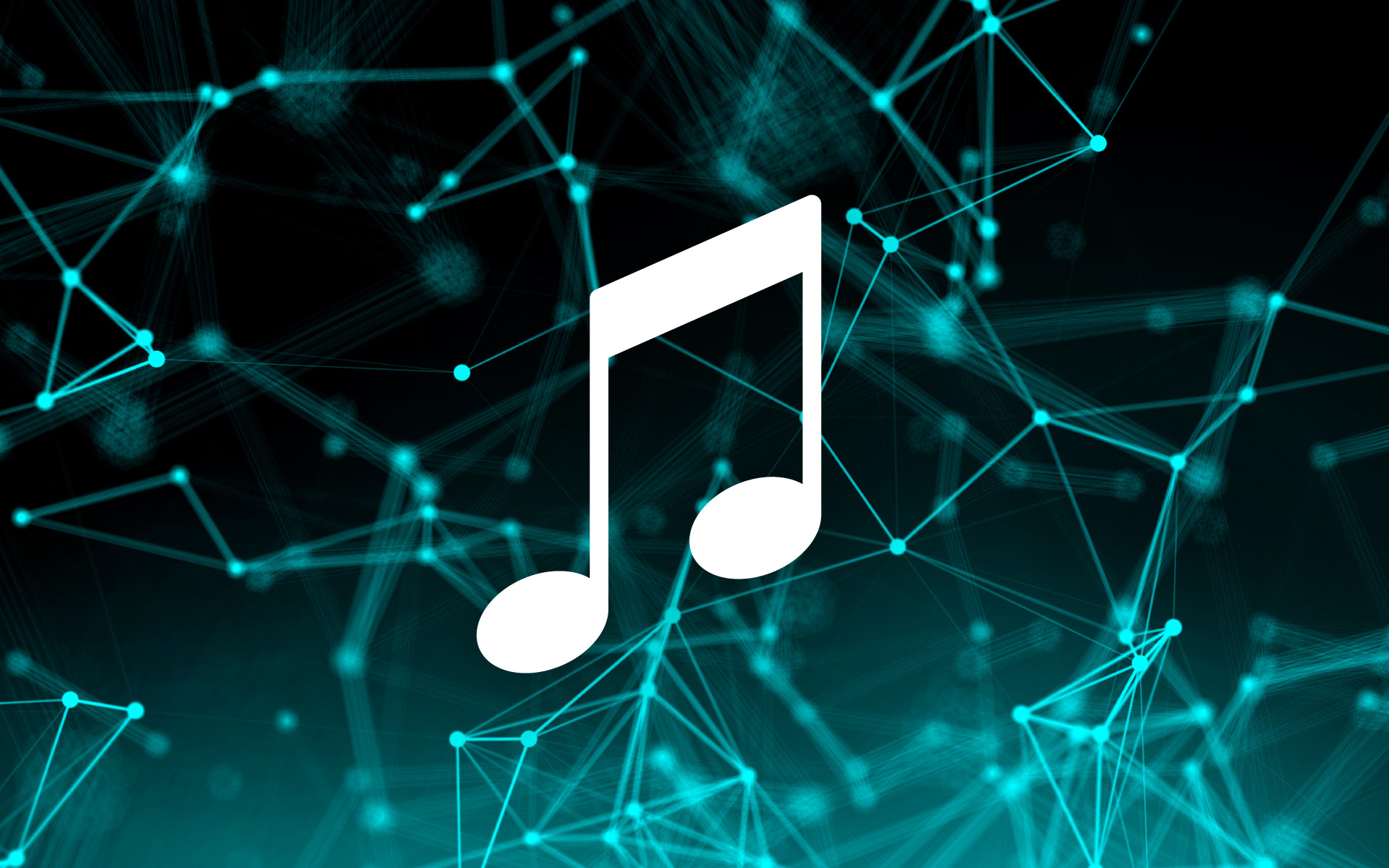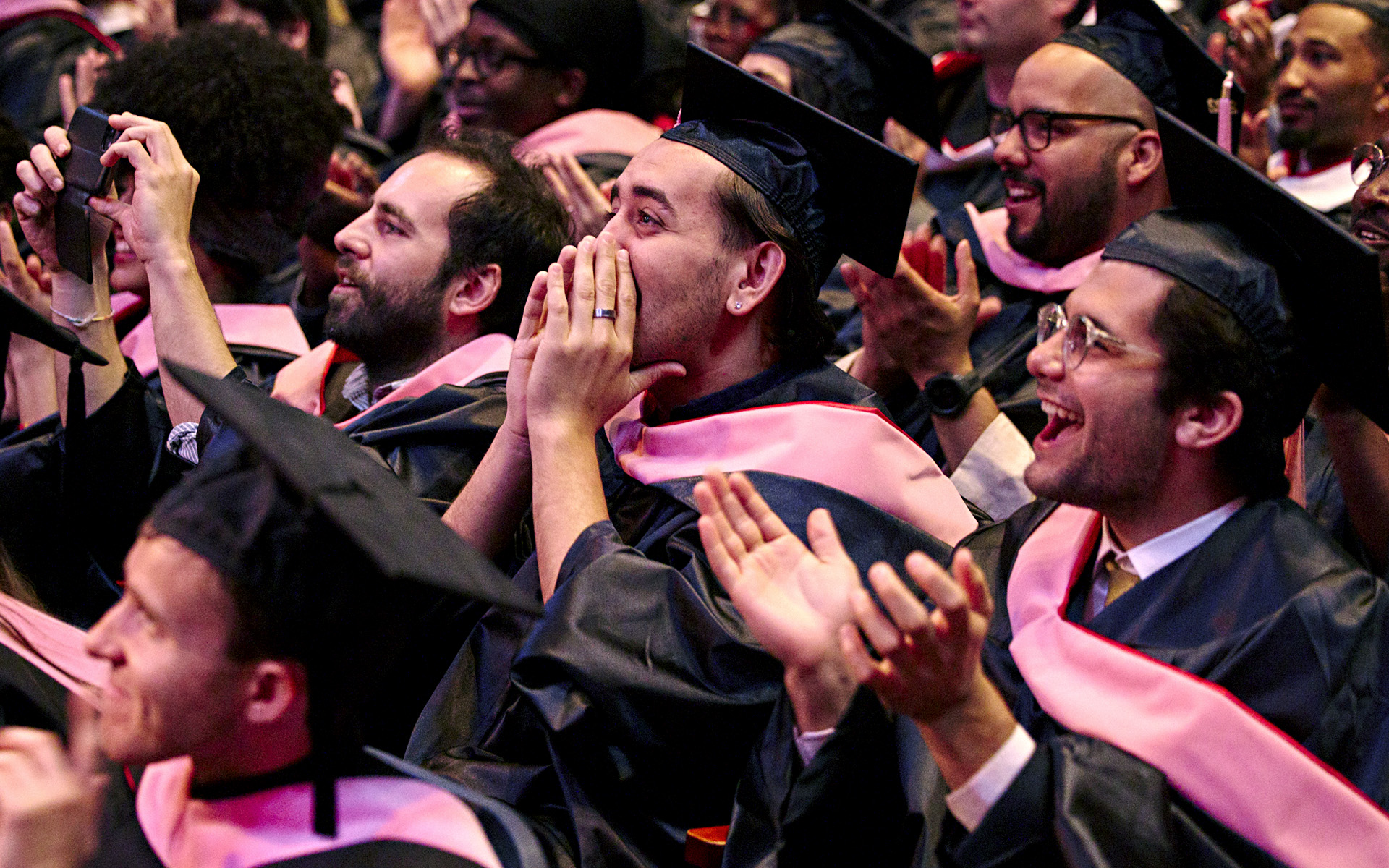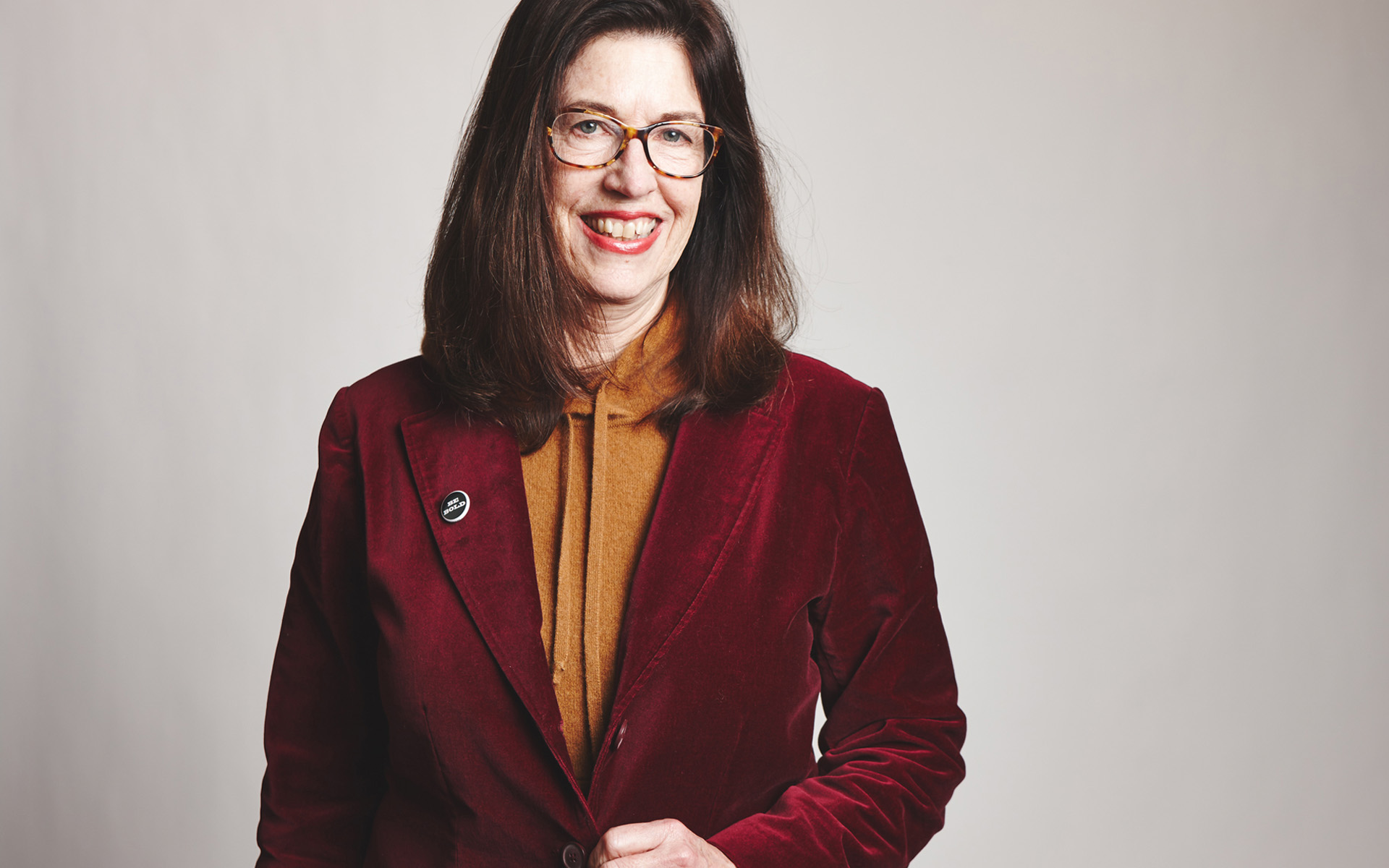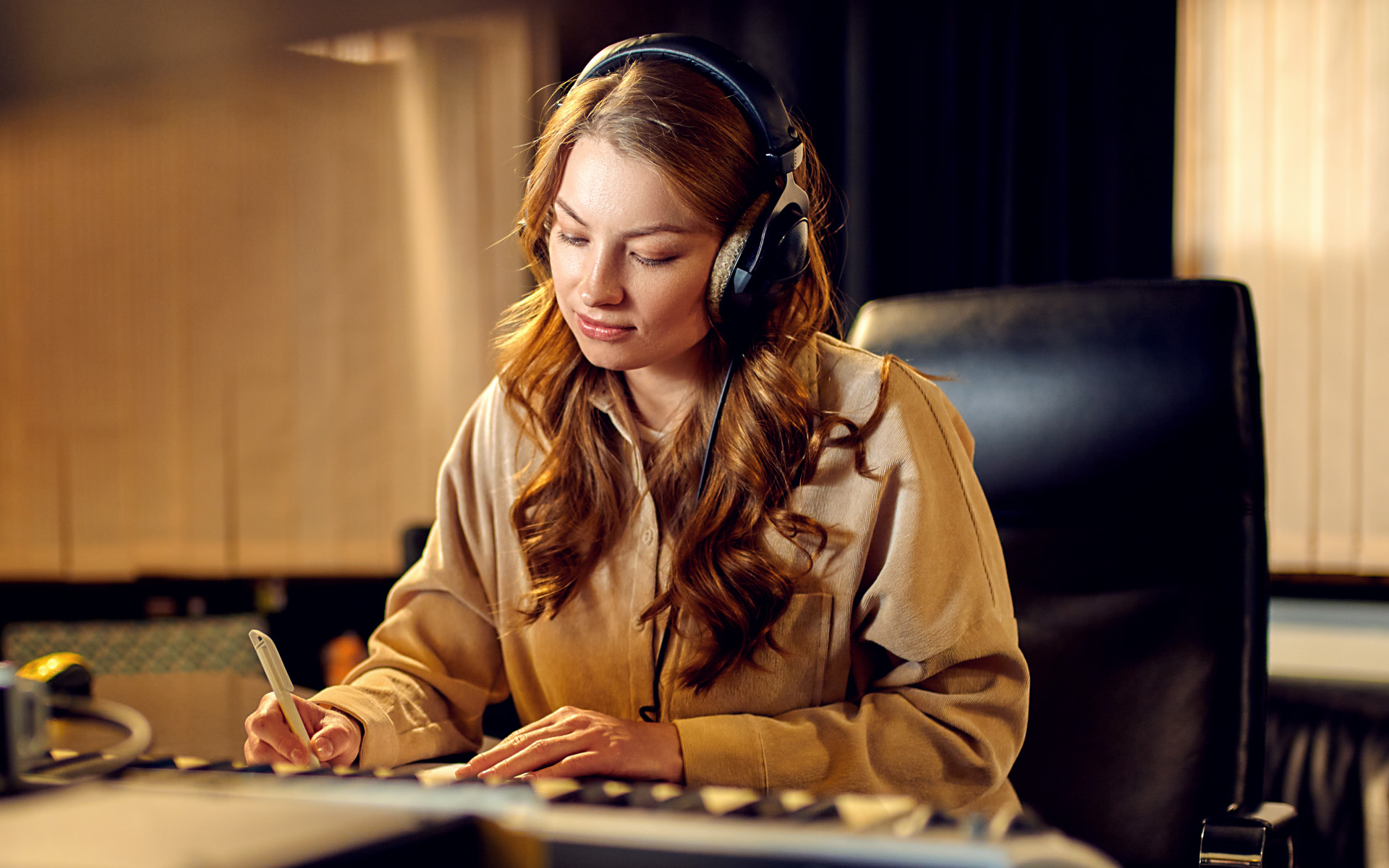Music technology is constantly evolving, and the possibilities for what we can do as musicians and music lovers seems to always be expanding into areas that we’d never thought would be possible. From the creation and production process to the editing and mastering stages, innovative tools and platforms have emerged in recent years that enable musicians and enthusiasts to explore new dimensions in their musical expression. For years I have been reluctant to advance my knowledge of music technology—mostly due to an unfounded nervousness about old dogs and new tricks. But in the past few months I set out to use as many of these music technology tools as possible. For better or for worse, here’s my own personal experience.
Moises
Moises.ai leverages artificial intelligence algorithms to separate individual tracks from a mixed audio file, which basically means you can extract vocals, drums, bass lines, and other elements of an existing song with remarkable accuracy. Moises.ai can be helpful for learning parts of a song that might have otherwise seemed too buried in a mix. I wish they had this tool around when I was learning bass guitar as a teenager, because isolating an instrument eliminates all doubt of what the part is. If there’s any further doubt about what your part is, the platform also offers real-time key and chord recognition. But this isn’t what I used the heavy duty music technology of Moises.ai for! I used Moises.ai to remix a friend’s band’s song that I always wished had a little more kick. In addition to adjusting the original levels, I was also able to import an isolated fuzz guitar from a different version of the song and lay it on top of the remixed version. Though Moises.ai is not the first platform to isolate tracks, it certainly is the best that I’ve tried. My experience with this music technology was refreshing in that the platform was intuitive and fun to play around with, but most importantly, I got the results I was looking for.
LANDR
Mastering is the final stage in music production, and unless you’ve taken a 12-week Berklee Online course to learn how to do it, it has likely seemed like a mysterious, intimidating, and expensive process to you. At least that’s how it seemed to me! But LANDR has democratized this essential step by offering an automated online mastering service. You can upload your track (or tracks) to the platform, and through advanced algorithms, LANDR analyzes the audio and applies appropriate adjustments to enhance the sound quality. I was dubious at first, because, remember, I thought the mastering process was mysterious and intimidating and that whole thing about the new tricks and old dogs. But here’s why I now sing the praises of LANDR: Earlier this year I had done a radio performance that I was pleased with and I decided I wanted to release it commercially. Before I had LANDR do the mastering I had become rather attached to the original audio, so after I paid $9.99 to have the 49-minute session mastered as a single track I was initially disappointed in the result. It didn’t seem to have the same “teeth” as what was originally broadcast. But I conducted some A/B testing with several friends, and they unanimously agreed that the mastered version was better. I spent a week away from both samples, and when I came back, I couldn’t help but agree that the artificial intelligence and/or music technology behind LANDR had done a commendable job balancing out the highs and lows, and it sounded better without the sharp “teeth” that I had grown accustomed to in the previous version.
But here’s why I now sing the praises of LANDR: Earlier this year I had done a radio performance that I was pleased with and I decided I wanted to release it commercially. Before I had LANDR do the mastering I had become rather attached to the original audio, so after I paid $9.99 to have the 49-minute session mastered as a single track I was initially disappointed in the result. It didn’t seem to have the same “teeth” as what was originally broadcast. But I conducted some A/B testing with several friends, and they unanimously agreed that the mastered version was better. I spent a week away from both samples, and when I came back, I couldn’t help but agree that the artificial intelligence and/or music technology behind LANDR had done a commendable job balancing out the highs and lows, and it sounded better without the sharp “teeth” that I had grown accustomed to in the previous version.
Freestyle Vinyl
Freestyle Vinyl is almost like future nostalgia. The company offers a unique service that allows musicians and music enthusiasts to create their own custom vinyl records. It’s a great wedding gift to put a mixtape on wax, or a fun gift to yourself. But be careful: the limit for each side is 22 minutes. You can even submit your own cover art. How it works: you upload the songs yourself, and the better quality your audio is, well, the better your record mix will sound. For me, this meant downloading high quality WAVs from Bandcamp and Qobuz, placing holds on compact discs at my local library, and buying the CDs that I couldn’t find at the library on eBay. This also included putting the remix of my friend’s band’s song that I did with the help of Moises.ai!
The fact that you are converting digital audio to analog means that you won’t get the “warmest” results, but I was mostly pleased with the sound. And the turnaround time was super fast: I received my record back within two weeks. The only bummer was that my turntable has a setting that auto-stops the tone arm when the needle gets close to the center label of the record, and by the time the tone arm gets to minute 21 of my mix, it decides to stop the record. After a quick friendly consult with the folks at Freestyle Vinyl, I learned that all I had to do was adjust the setting on my turntable and I could play all 22 minutes, but I figured I would share this with you in case you have the same situation, and find it a challenge to cram all the music you want to hear on two 22-minute sides! One additional thing that Freestyle Vinyl would be really good for is a vanity pressing of music that you have written and/or recorded. I would have done that with my own release, but the total timing of my session came in at 49 minutes.
DistroKid
Okay, so I know that DistroKid has been around for more than a decade, but not all of their new features have. When I put out the album that I mastered via LANDR, I went with DistroKid for the first time because these new options made the company more attractive than their competitors. Not only do you upload your album and artwork to the platform, but DistroKid also applies artificial intelligence and/or music technology to decipher your lyrics, and in roughly 10 seconds, all the words to your two-minute song are on your page. Don’t worry: you can edit the lyrics afterwards when the AI inevitably mishears you. After squaring away your lyrics you can sync them, which basically means listening to your song and highlighting what words you’re saying and when you’re saying them so that streaming services will highlight your lyrics in real-time, as if your song were on a karaoke monitor. When all of this meets your approval, DistroKid will distribute your music to all of the big music platforms: Spotify, Apple Music, iTunes, Amazon, Instagram/Facebook, iHeart Radio, Pandora, TIDAL, TikTok, Qobuz, and YouTube. DistroKid also distributes to lesser known outlets like Anghami, MediaNet, Boomplay, Deezer, Adaptr, Flo, Claro Música, Joox, KKBox, Kuack Media, NetEase, Saavn, Tencent, and more. Another highlight of Distrokid’s services is that the company recently launched an initiative where record labels can mine Distrokid’s data to find new artists. They also send you an array of fun mockups of what your album art would look like as an ad on a highway billboard, on a screen in Times Square, as something that two little kids are watching on a 1980s television, etc.
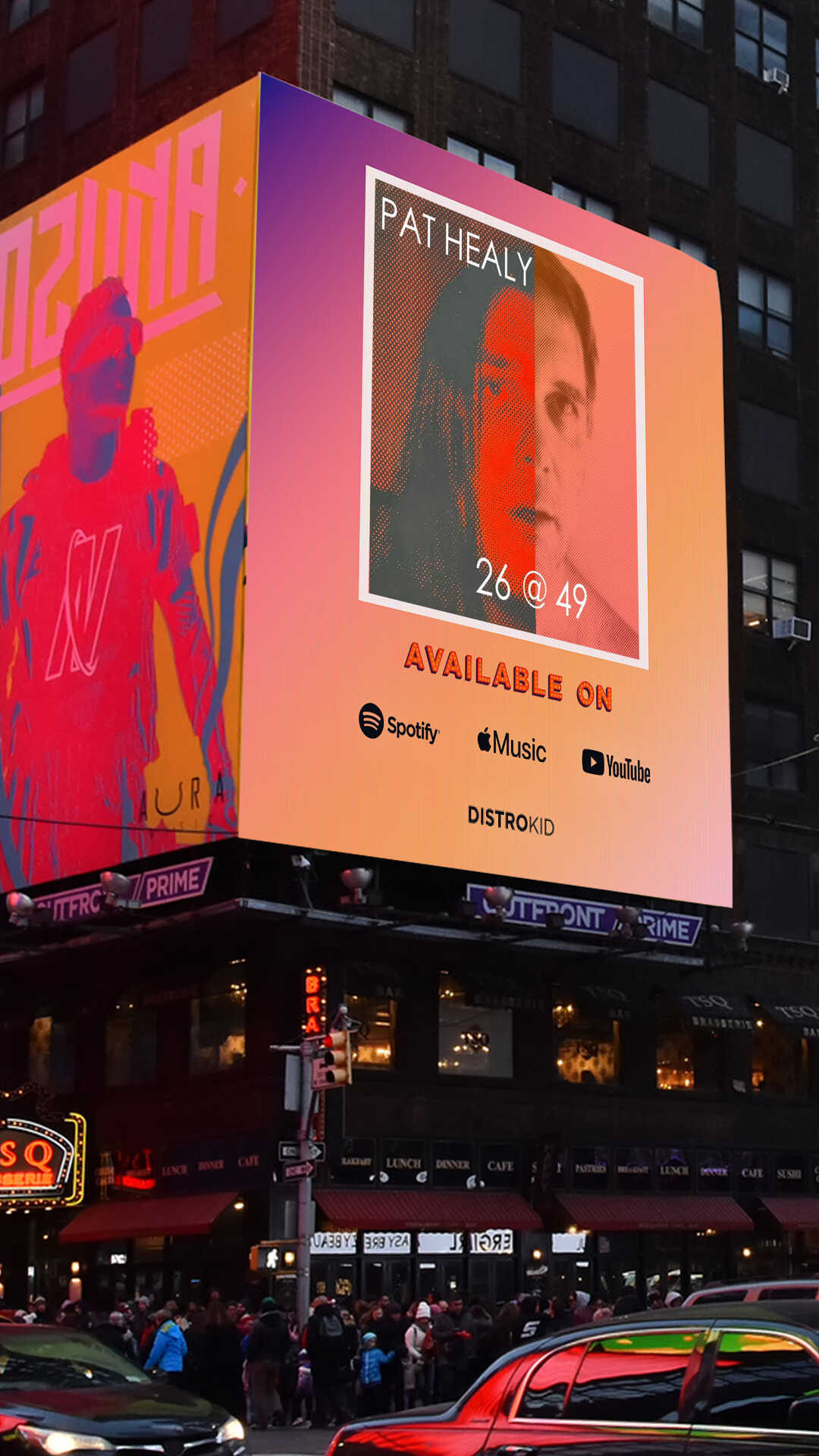
BandLab
BandLab provides an innovative platform for musicians to create, record, and share their music online. BandLab’s emphasis on collaboration is a standout feature, enabling musicians to connect with others, regardless of geographic barriers, fostering creativity and synergy in the music-making process. I decided to try it out after I recorded a song to give to my friends for their 10th anniversary. They had asked me to play this song at their wedding, and I meant to record it immediately after and give it to them, but life got in the way. So I finally recorded a normal version of this acoustic ballad and then I put out the call, looking for somebody to remix it and put a dance beat behind it. My first interaction was a “like” from an artist whose first featured song included the following lyrics: “You used to be good … now you just look like my foot.” I received three emails in the first day from BandLab, and the company seems really eager to foster community, but I just didn’t have the time to put into doing that. Like any social media, the more willing you are to interact with the members of the community, the more likely you are to see results. Maybe this article will help do the trick! HMU if you are on BandLab (or get on BandLab because of this article) and you want to make a weird dance remix for my 10-year-anniversary ballad!
Regardless, this takeaway from my experience with BandLab was really the same takeaway that I had for all of the music technology platforms I tried out. As with any technology, you need to pour your own talents and energy into these platforms if you want to effectively express yourself.
Before we wrap up here, it is important to note that a lot of these platforms offer similar audio engineering services—both Moises.ai and DistroKid offer mastering—but I decided to go with LANDR for that, as they are known for their mastering. And the music technology people at LANDR also offer more services than just mastering. BandLab also offers distribution, but I decided to go with DistroKid, as this is what they are mainly known for. Bandlab also offers sampling and beatmaking technology, and whole host of other services. So I encourage you to investigate the full breadth of all of these platforms. You may just find one platform that fits all of your needs!
It’s really empowering to try out platforms like LANDR, Moises.ai, Freestyle Vinyl, DistroKid, and BandLab, but you need to experiment, stay curious, and put in that human element to get the experience you want from it.

